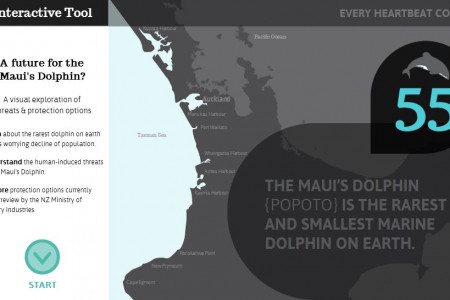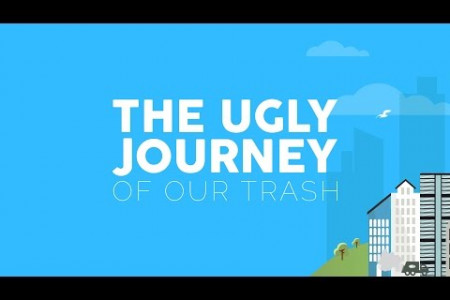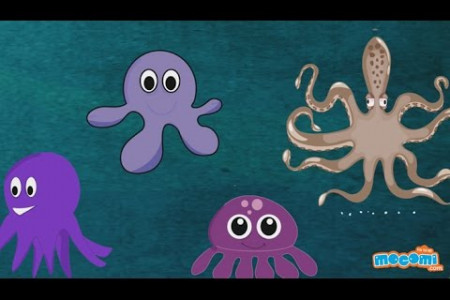
Marine Turtles in the Coral Triangle
TURTLES Long before humans appeared in the Coral Triangle, marine turtles were CORAL TRIANGLE MARINE TURTLES & THEIR PROTECTION STATUS already swimming the region's seas and laying eggs on its beaches. These WWF iconic species are not only crucial links in the Coral Triangle's ecosystems, CORAL TRIANGLE IN THE CORAL TRIANGLE they also attract visitors from all around the world. Number of marine turtle species that either forage, breed or nest in MARINE TURTLE LIFE-CYCLE 7. Number of marine turtle species in the world 6 Hawksbill This life cycle is based on a green turtle life-cycle. Leatherback adults forage in open seas as well as coastal areas, and some loggerheads may too. D the Coral Trangle Eretmochelys imbricata 000 CRITICALLY ENDANGERED Developmental migration (5-20 years ) Coastal shallow water foraging (immature and adult turtles ) OVER 3000 Leatherback Dermochelys coriacea ..... .... Deadly threats at every life stage Number of leatherbacks nesting Breeding migration (2 - 8 years) CRITICALLY ENDANGERED Adult migrate to mating areas per year in the late 1960s in Terengganu, Malaysia adults return to foraging areas Illegal trade and direct consumption (meat, eggs, shell, leather, curios) Loggerhead Caretta caretta Number of leatherbacks nesting in the same location in 2000 Lost Years ENDANGERED (5-20 years ) Bycatch (trawlers, longlines, gill nets) Mating areas ( shallow waters ) Dr Chan Eng Heng [based on data from the Department of Fiaheries of Malaysia) Habitat destruction and alteration (coastal tourism, industrial development) Green turtle Chelonia mydas 20,000+ km Pollution ENDANGERED Nesting on beach Hatchlings Disease Distance travelled by a female leatherback over the course of trans-Pacific migration from Jamursba Medi Beach (or Bird's head peninsula, Papua in Indonesia) to the northwest coast of USA Climate change Olive ridley Lepdochelys olivacea Benson et al, 2007 90% VULNERABLE .... ... .... .. .... ..... Eggs incubated above about 30° C tend to develop into females, and those incubated below about 28° C develop into males. Global warming could skew sex ratios, resulting in more females. Warming regional ocean te mperatures A 950 Number of turtles caught each could lead to long-term decreased food supply and reduced loggerhead turtle nesting. year as bycatch by Indonesian longline vessels only Flatback Percentage of hatchlings that do not survive for more than a year. Natator depressus Research Centre For Capture Fisheries DATA DEFICIENT Chaloupka et al, 2008 Indonesia Ministry of Marine Affairs Hawkes et al, 2007 and Fisheries (PRPT) The Coral Triangle- the nursery of the seas - is the most diverse marine region on the planet, covering some 6 million km? of ocean across 6 countries in the Asia-Pacific region. This ecological wonder is home to 76% of the world's reef-building coral species and 6 out the 7 known species of marine turtles. © 1986 Panda symbol WVF ® "WWF" is a WWF Registered Trademark. More information, along with a downloadable version of this factsheet, can be found at www.panda.org/coraltriangle Credits: Catalyze Sustainability Communications
Marine Turtles in the Coral Triangle
Source
http://wwf.p...altriangleCategory
AnimalsGet a Quote











